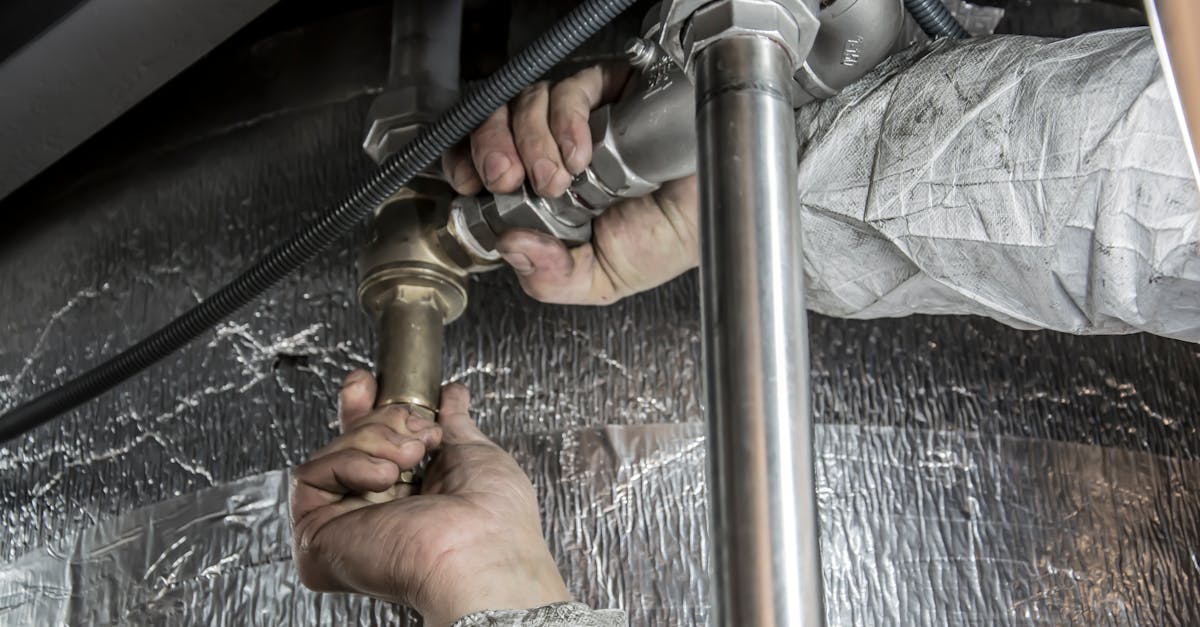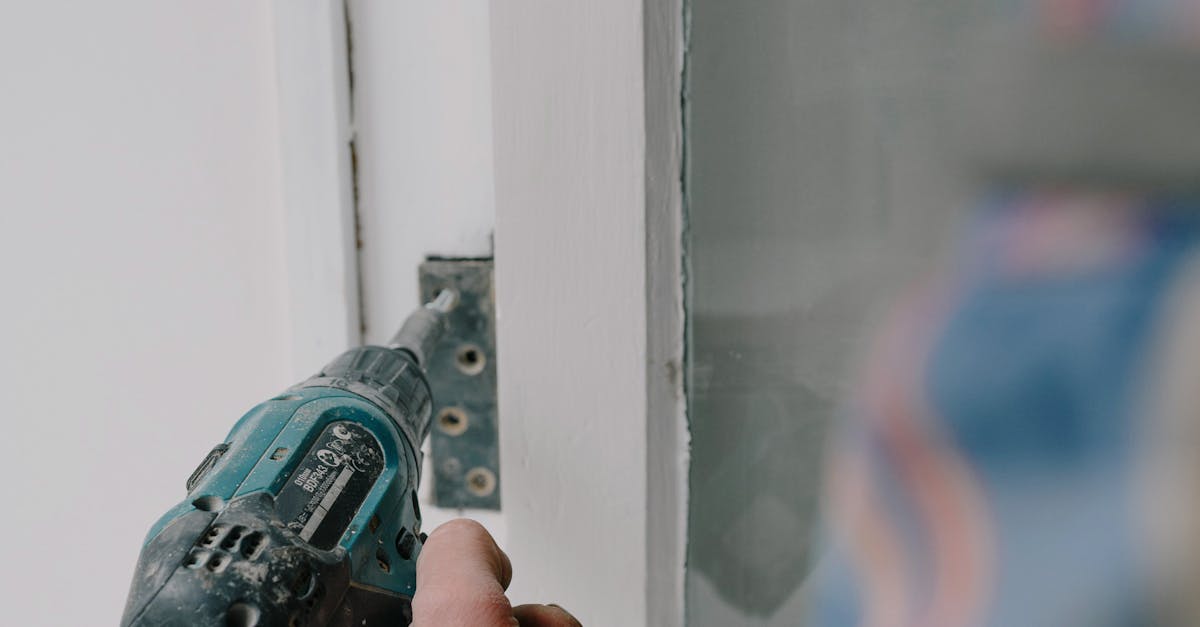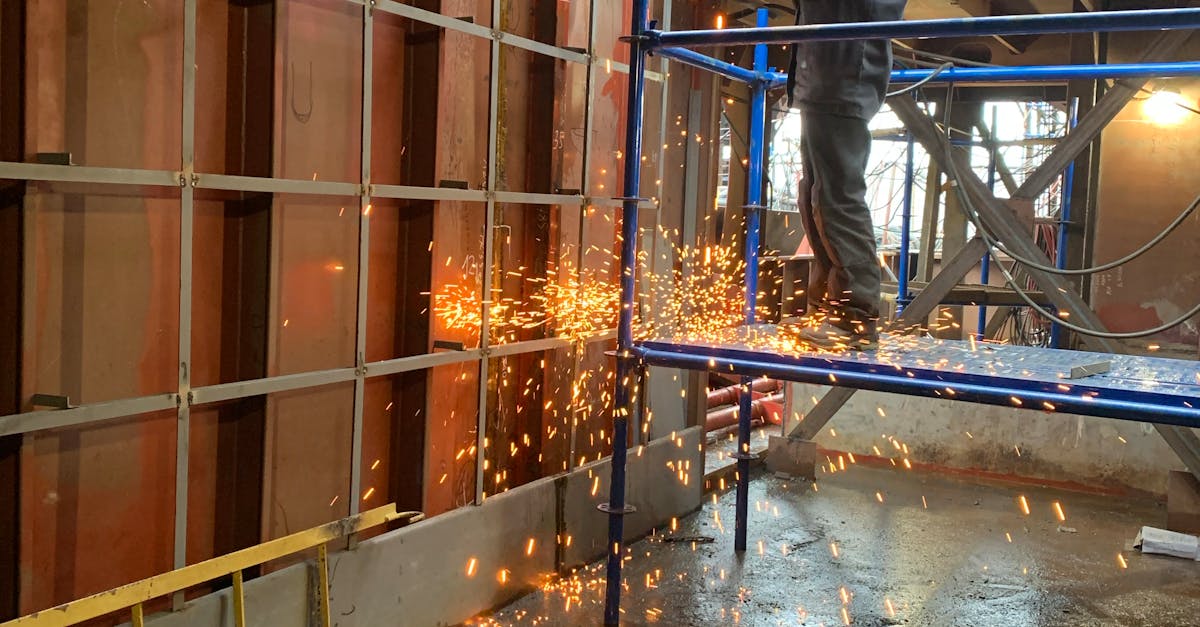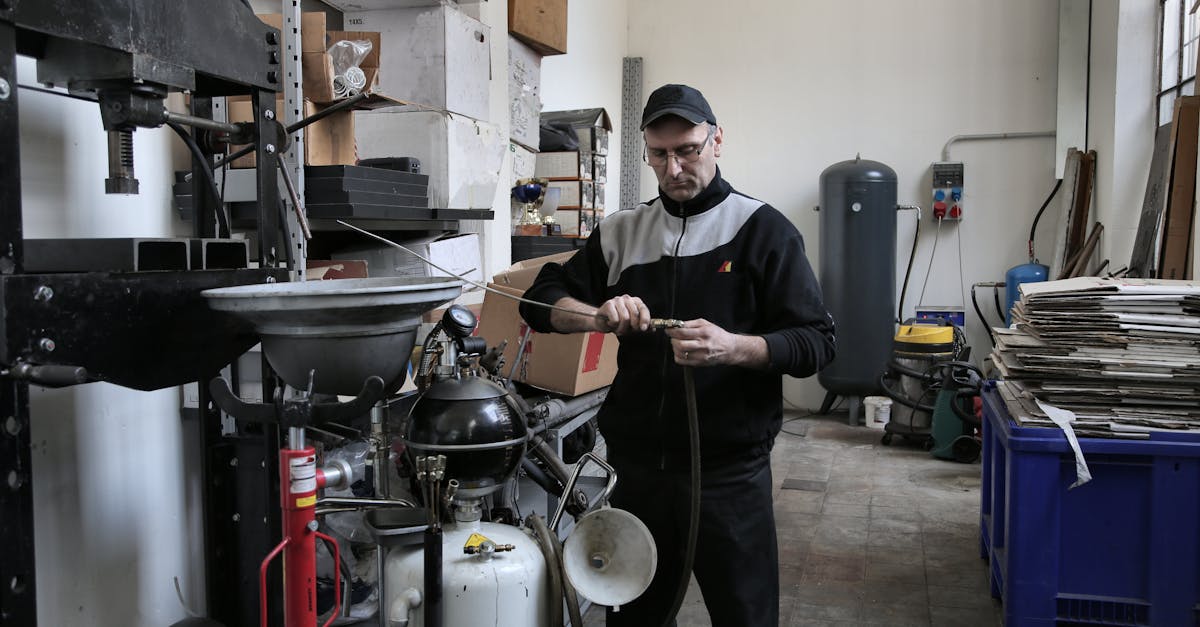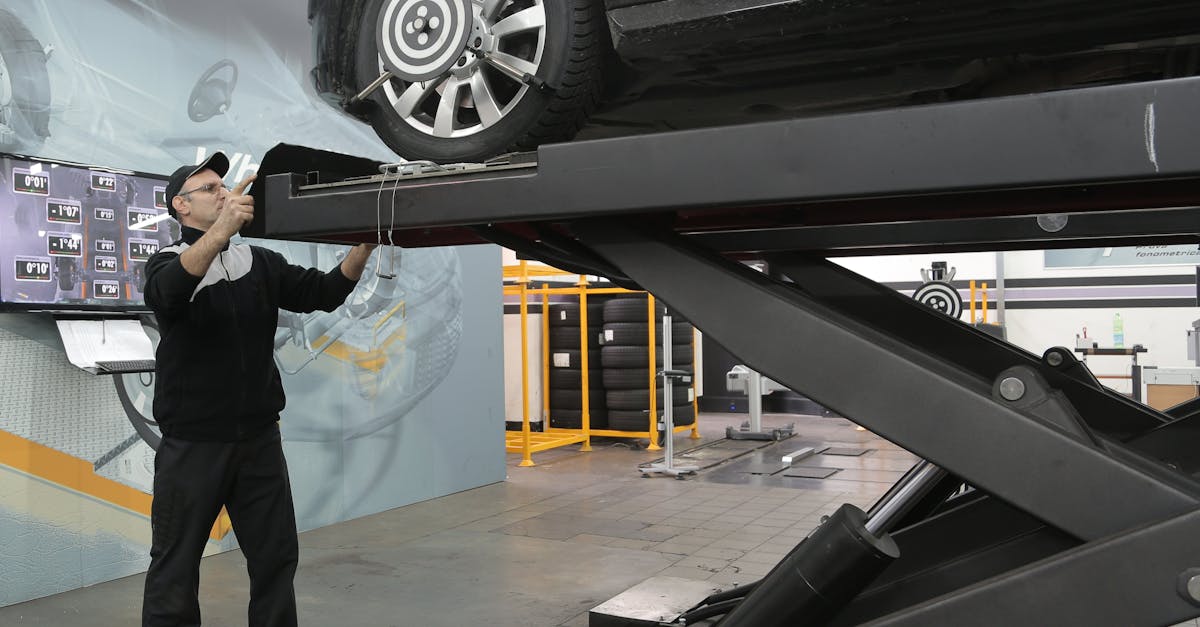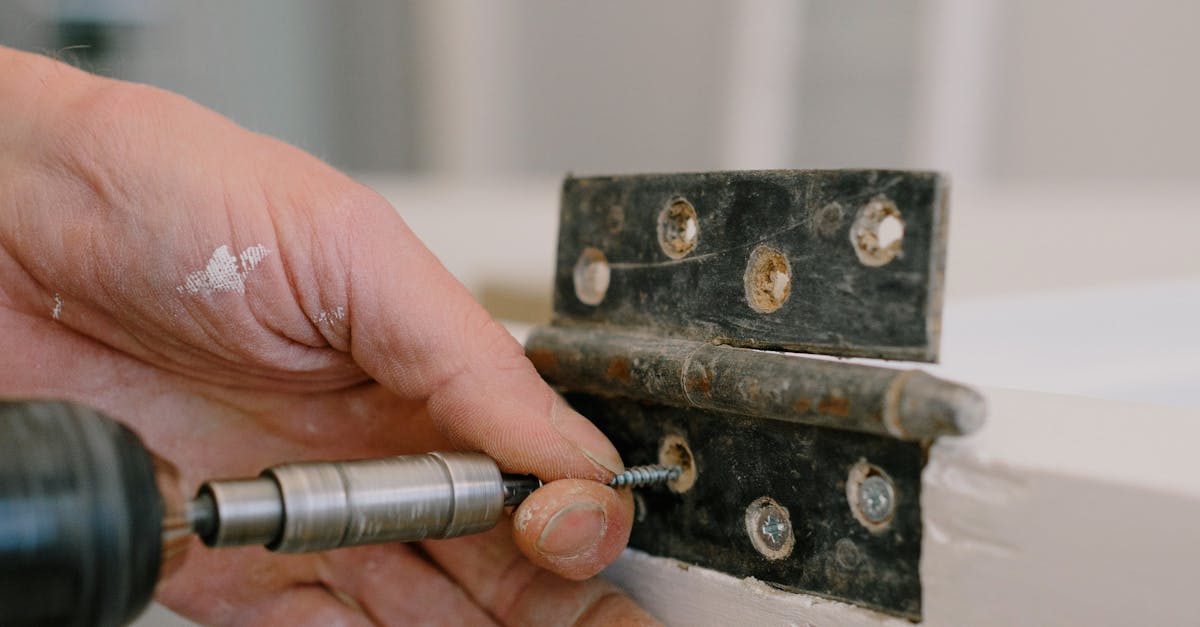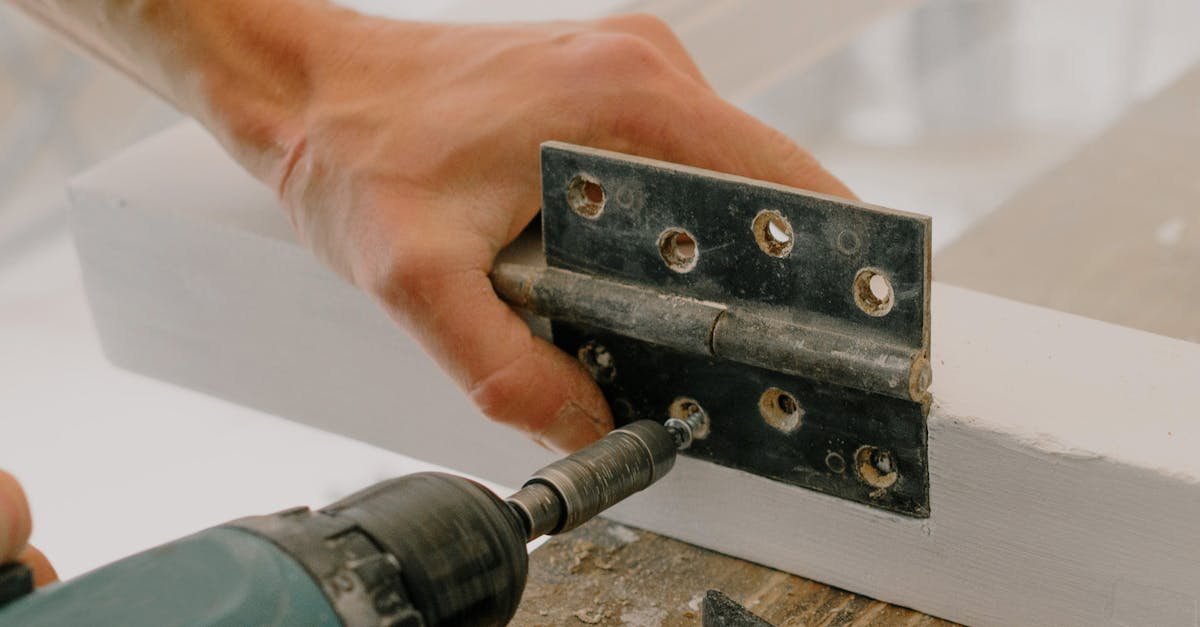
Table Of Contents
Worksite Safety Measures
Worksite safety measures are crucial in ensuring the protection of personnel involved in gas line installation and repair. The nature of this work involves specific hazards that require stringent protocols to mitigate risks. Personnel must use appropriate personal protective equipment (PPE) such as gloves, goggles, and hard hats. Furthermore, access to the worksite should be restricted to non-workers to minimise the chances of accidents.
Utilising proper tools and equipment designed specifically for gas line work enhances safety on-site. Regular safety briefings help keep the workforce aware of potential hazards and the measures necessary to prevent accidents. The presence of adequate lighting also plays a vital role in maintaining visibility, allowing workers to navigate the area safely. Implementing these safety measures ensures a safer environment during gas line installation and repair operations.
Importance of Signage and Barriers
Effective signage and barriers play a critical role in ensuring safety during gas line installation and repair. They serve as visual cues to both workers and the general public, clearly indicating hazardous areas and possible dangers associated with gas line work. Adequate signage can prevent accidental entry into restricted zones, while barriers physically restrict access to high-risk areas. This proactive approach helps to create a safer work environment and reduces the likelihood of accidents.
Barriers should be prominently displayed and easily identifiable, while signage must include consistent messaging. Information regarding the nature of the hazard, such as warnings about flammable materials and ongoing work activities, should be clear and concise. Regular assessment of the visibility and condition of these safety measures is essential. Without proper signage and adequate barriers, the risks associated with gas line installation and repair could significantly increase, potentially leading to dangerous situations for workers and the public alike.
Maintenance and Inspection Protocols
Effective maintenance and inspection protocols are essential for ensuring the safety and reliability of gas line installation and repair activities. Regular inspections should be conducted to assess the integrity of equipment and identify potential hazards. Specifically, checking for signs of wear, corrosion, and leaks in pipes and fittings plays a crucial role in preventing accidents and ensuring compliance with safety regulations.
In addition to routine inspections, a well-documented maintenance schedule should be established. This includes keeping records of all repairs, inspections, and any modifications made to gas lines. Such documentation not only aids in tracking the condition of equipment but also serves as valuable evidence in the event of an incident. Adhering to these protocols ensures that safety standards are maintained and that workers are protected while carrying out gas line installation and repair tasks.
Regular Checks for Equipment Integrity
Regular checks for equipment integrity are vital in ensuring the safety and reliability of gas line installation and repair projects. Equipment such as gas detectors, pressure gauges, and valves must be inspected routinely to detect any signs of wear, corrosion, or malfunction. Neglecting to conduct these checks can lead to catastrophic failures, posing significant risks to both workers and the surrounding environment. Establishing a systematic inspection schedule can help identify issues before they escalate, maintaining operational efficiency and safety standards.
The importance of thorough documentation cannot be overstated in the context of equipment integrity. Each inspection should be recorded meticulously, detailing the condition of the equipment and any maintenance actions taken. This documentation serves not only as a reference for future checks but also facilitates compliance with regulatory requirements. A well-maintained record can streamline troubleshooting processes and ensure that gas line installation and repair activities adhere to requisite safety regulations and protocols.
Reporting and Documentation Practices
Accurate reporting and documentation practices are essential for ensuring safety in gas line installation and repair. All activities, including risk assessments, equipment checks, and safety meetings, should be meticulously recorded. This not only provides a clear account of processes followed but also serves as a reference for compliance with industry regulations. Ensuring that all team members understand the importance of maintaining thorough logs can significantly enhance the overall safety framework on site.
In addition to maintaining records of work conducted, it is vital to document any incidents or near misses that occur during gas line installation and repair. This documentation should include detailed accounts of the circumstances surrounding each event, contributing factors, and any corrective actions taken. Such records help identify patterns that may require attention and facilitate ongoing training for personnel, ultimately fostering a culture of safety within the workplace. Proper documentation also aids in enhancing communication among team members, ensuring everyone is aware of past occurrences and responsive to potential hazards.
Keeping Accurate Safety Records
Accurate safety records are vital for any team involved in gas line installation and repair. These records serve as a fundamental source of information for understanding past incidents and identifying potential hazards. Detailed logs help to track safety audits, training sessions, and employee certifications. Consistent documentation ensures compliance with regulatory bodies while providing a comprehensive overview of safety protocols in action.
Incorporating a systematic approach to record-keeping enhances accountability among team members. Each entry should clearly outline the specifics of safety measures implemented and any equipment utilised during gas line installation and repair. This methodical documentation creates a resource that not only aids in transparency but also enhances the learning experience for staff when reviewing safety practices.
FAQS
What personal protective equipment (PPE) is essential for gas line work?
Essential PPE for gas line work includes hard hats, safety goggles, gloves, high-visibility vests, and steel-toed boots. Additionally, respiratory protection may be necessary in certain situations.
Why are signage and barriers important at a gas line worksite?
Signage and barriers are crucial for ensuring the safety of workers and the public by clearly marking hazardous areas, preventing unauthorised access, and providing essential safety information.
How often should gas line safety equipment be inspected?
Gas line safety equipment should be inspected regularly, typically on a monthly basis or as specified by the manufacturer's guidelines. It's essential to conduct more frequent checks if the equipment is used in demanding environments.
What should be included in safety records for gas line work?
Safety records should include details of safety inspections, maintenance activities, incidents or near misses, training records for personnel, and any safety equipment used on-site.
What is the procedure for reporting safety incidents in gas line work?
The procedure for reporting safety incidents typically involves filling out a standard incident report form, notifying a supervisor immediately, and conducting an investigation to identify the cause and prevent future occurrences.
